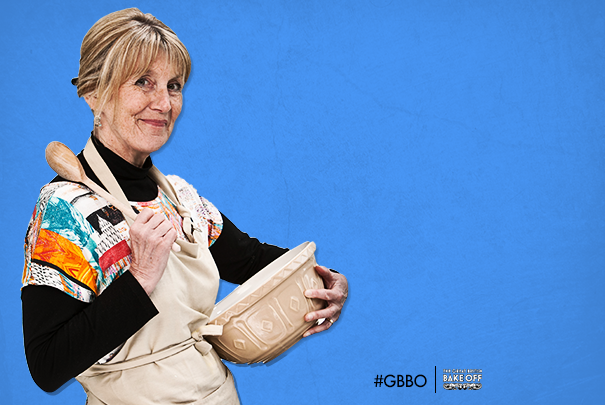Sweet and flaky, topped with chocolate, or oozing with cream, elegant choux pâtisseries are a doddle with Nancy B’s top five baking tips…
The English translation of ‘pâtisserie’ is simply pastry – but it means so much more than that. These pastries are detailed, delicate and absolutely delicious in every way. I’ve have decided to concentrate on choux pastry – central to classics such as gâteau St Honoré, religieuse and choux à la crème, as well as our well-known favourites, éclairs and profiteroles.
Few people try their hand at choux pastry because they think it is the most difficult to master, but making choux pastry is actually fun!
Technique: ‘Shoot’ pastry
My grandmother taught me to make choux pastry – or, as she used to call it, ‘shoot’ pastry (you’ll understand why in a bit). Water, butter and salt are melted in a medium saucepan, and the liquid brought to a boil. Sifted flour is tipped onto a piece of greaseproof paper that has been folded in two. The fun then is to pour or ‘shoot’ the flour into the liquid and stir it with a wooden spoon until the mixture is smooth and leaves the side of the pan.
Next, the egg is added and blended well until the mixture is thick. As a guide, when the spoon or whisk is lifted out of the dough, a ‘V’ should be left hanging. In other words, the mixture is just a bit thicker than dropping consistency.
The dough is then piped onto a baking sheet and popped in a hot oven until risen and golden. Steam helps with the rising, so I find that spraying the baking sheet with water prior to piping on the dough helps to achieve a better choux.
Common problems: Failure to rise
There are two common problems encountered when making choux pastry. Firstly, if you add the eggs to your hot water and flour mixture before it has cooled, the eggs will cook in the paste and refuse to rise in the oven. I transfer my hot paste to a cool mixing bowl, stirring from time to time until it feels just warm to the touch. Then I add the eggs.
A second common problem is adding too much egg. Add the beaten egg a little at a time until the consistency described above is reached. Often less egg is required than stated in a recipe.
Style: The perfect éclair
All good pâtisseries have style, which means attention to detail. Your éclairs, for instance, should all be even in size. An easy way to do this is to take a five-inch (12.5cm) scraper, dip the long edge in flour, then make horizontal marks on the baking sheet, which serve as a guide when piping the choux.
I also find that using a star-shaped piping nozzle results in a finer shaped éclair. The ridges disappear during baking and the finished choux is perfectly rounded. Decoration is your final opportunity to make your bakes beautiful – chocolate, of course, being a firm favourite for both éclairs and profiteroles.
Ingredient: Fruit powder
The perfect éclair or profiterole should be crisp on the outside, with a delicious, smooth filling on the inside. My favourite ingredient for filling a baked choux is crème pâtisserie.
If fresh fruit puree is used, the amount of fruit necessary to add flavour will result in the cream being too wet – making the choux soggy. However, a dry concentrated fruit powder mixed in with the cream will not affect the consistency at all.
Freeze-dried fruit powders are available online – do try the passion fruit, it is absolutely delicious and my favourite! 
Inspiration: Bottom-up éclairs
Éclairs are often made by slicing them in half and adding a delicious, creamy filling. This is fine and utterly delicious, but try making them look ‘top end’ by filling them from the base. This is quite simple to do: with a metal piping nozzle make three equally spaced holes in the base of the éclair – wobbling and twisting it to make sure you have created space for the filling.
Then use your weighing scales to work out the amount of filling you need to pipe into each of the three holes. I usually find that about 60g of filling for each éclair is perfect. Wipe off any surplus cream from the underside then decorate your éclair on the presentation side.
Your friends and family will wonder how you managed to get the cream into such a perfect-looking bake!
@nancybbakes won Great British Bake Off 2014. Since then she’s travelled from Cornwall to The Shetland Isles, baking and entertaining fans.
Learn more about her food and her travels on her blog.
